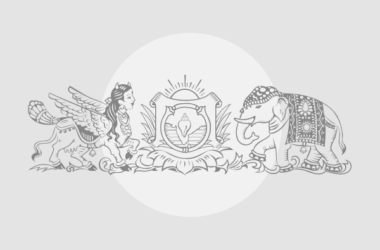FRANKFURT, Germany (AP) — Inflation in Europe dropped sharply to 2.9% in October, its lowest in over two years due to falling fuel prices and the impact of interest rate hikes by the European Central Bank.
However, this positive development was countered by official figures showing that economic output in the 20 countries using the euro declined by 0.1% in the July-September quarter.
Inflation fell from 4.3% in September to 2.9% in October, as fuel prices decreased by 11.1% and food inflation slowed to 7.5%.
The decrease to under 3% is a significant drop from the peak of over 10% in October 2022. It brings the inflation figure closer to the European Central Bank’s target of 2%, which is considered optimum for the economy. This is the lowest reading since July 2021.
However, economic growth disappeared as output shrank after months of near-zero growth.
Germany, the largest economy in the eurozone, saw its economic output fall by 0.1%, while the second-largest economy, France, only experienced 0.1% growth, compared to 0.6% in the previous quarter.
The negative territory may have been influenced by a statistical anomaly involving Ireland, according to economist Rory Fennessy from Oxford Economics. Ireland’s 1.8% drop in GDP was the largest among eurozone economies, but it disproportionately reflects the finances of multinational companies based there.
Economic momentum is expected to remain weak in the coming months and will only recover when wages catch up with inflation, according to a research note by Rory Fennessy. He stated that “the eurozone is set for a period of economic stagnation.”
The decrease in inflation follows a rapid series of interest rate hikes by the European Central Bank. Higher central bank rates are the usual method of curbing excessively high inflation. They affect borrowing costs across the economy, increasing the cost of credit for purchases such as homes or expanding businesses. This reduces demand for goods and helps control price increases.
However, high interest rates can also hinder economic growth. In recent months, they have negatively impacted credit-sensitive sectors such as construction and have dampened spending by consumers who have had to set aside more money for essential needs like food and utilities.
The future trajectory of inflation towards the European Central Bank’s target remains uncertain due to core inflation, which excludes volatile fuel and food prices, remaining higher than the headline figure at 4.2%. Additionally, other indicators of future inflation, such as companies’ expectations for selling prices, have seen a significant decline, according to Jack Allen-Reynolds, deputy chief eurozone economist at Capital Economics.
This recent surge in inflation was triggered by the global economic recovery from the COVID-19 pandemic, which led to shortages of parts and raw materials. It was exacerbated by Russia’s invasion of Ukraine, which caused energy prices to soar when Moscow cut off most natural gas supplies to Europe.
The sluggish economy in Europe contrasts with the robust growth of 4.9% in the same quarter in the United States. The US economy was supported by consumer spending and businesses rebuilding inventories, despite a similar rapid series of interest rate increases by the Federal Reserve.






